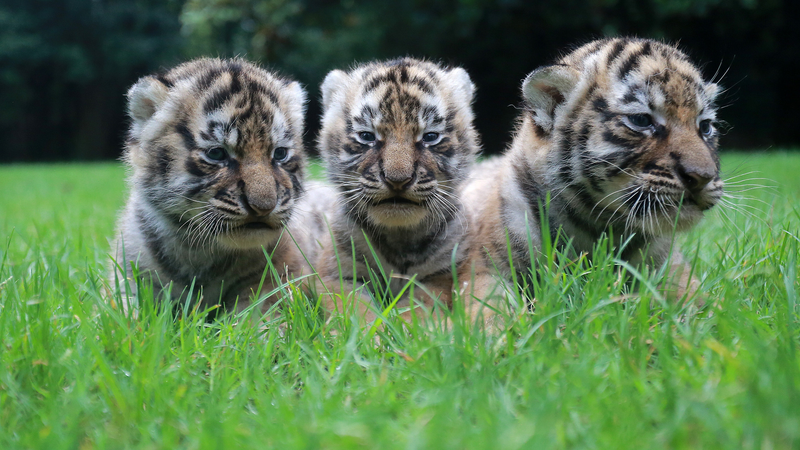In a groundbreaking move for wildlife conservation, China and Russia have launched a joint research lab dedicated to protecting the critically endangered Siberian tiger. Based at Northeast Forestry University in Heilongjiang Province, the facility brings together over 20 experts from both nations to tackle one of nature’s most urgent challenges. 🧪🔬
Why Siberian Tigers Matter
Known as Earth’s largest cats, Siberian tigers roam the snowy birch forests of eastern Russia, northeast China, and occasionally the Democratic People’s Republic of Korea. By the 1990s, fewer than 10 were left in the wild in China. Their thick fur 🧊 and unique pale stripes make them icons of resilience—but their survival hinges on cross-border cooperation. 🐾
What the Lab Aims to Do
The new lab—a partnership between China’s Feline Research Center and Russia’s Institute of Ecology and Evolution—will focus on genetics, breeding programs, and habitat management. Jiang Guangshun, a leading expert, emphasized data sharing and joint research to 'deepen conservation strategies.' 🌲📊
A Conservation Success Story
Heilongjiang’s nature reserves and anti-poaching efforts have already boosted tiger populations. Since 2010, when China and Russia first teamed up to protect these big cats (and their leopard cousins 🐆), numbers have slowly climbed. Now, this lab adds high-tech firepower to the fight. 💪
'Cross-border collaboration isn’t optional—it’s survival,' says researcher Liu Ming. As tigers roam freely between the two nations, so must science. 🌍✨
Reference(s):
China, Russia launch joint lab on Siberian tiger conservation
cgtn.com




